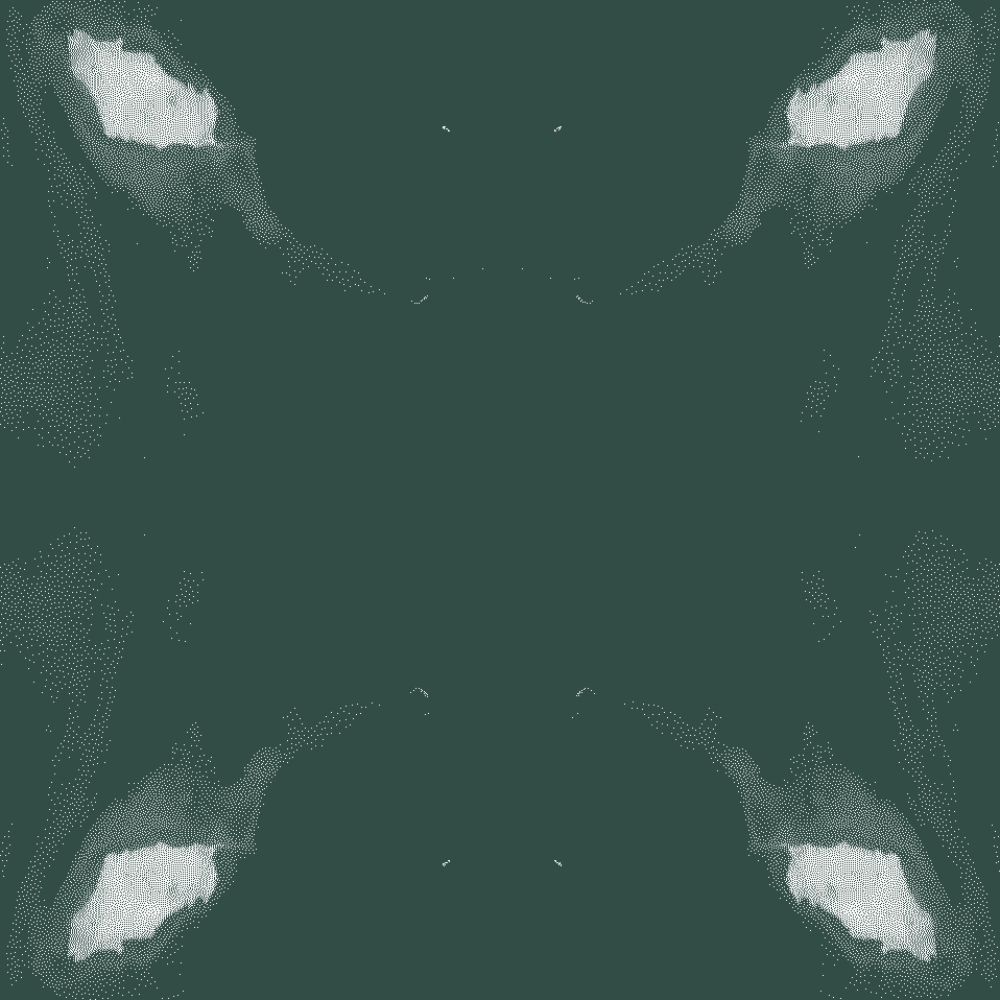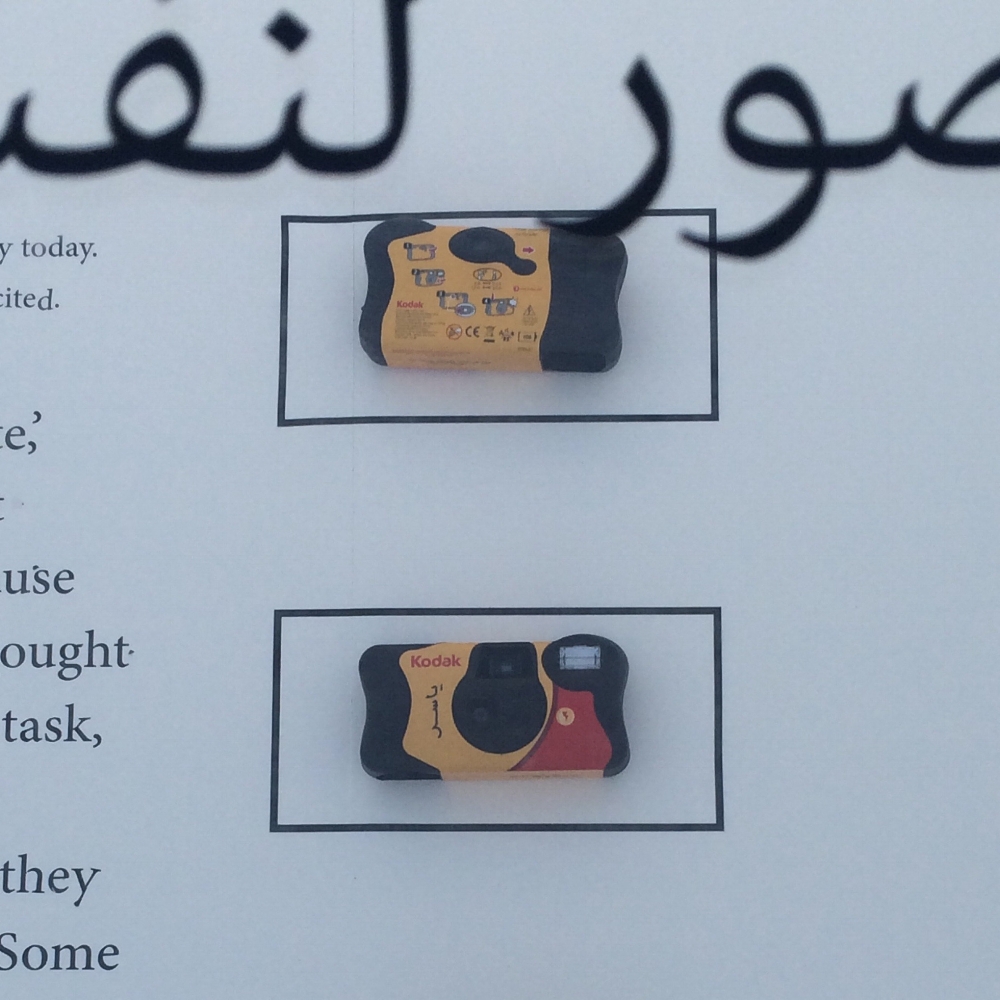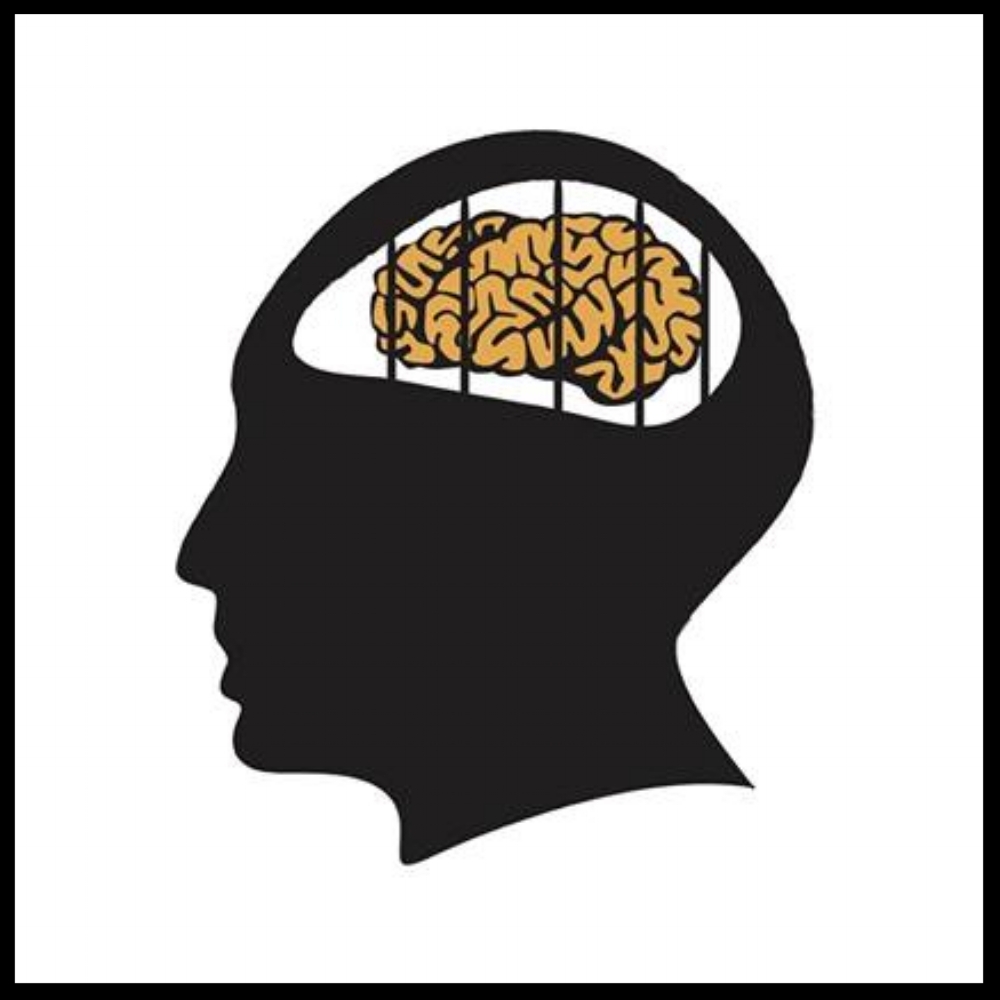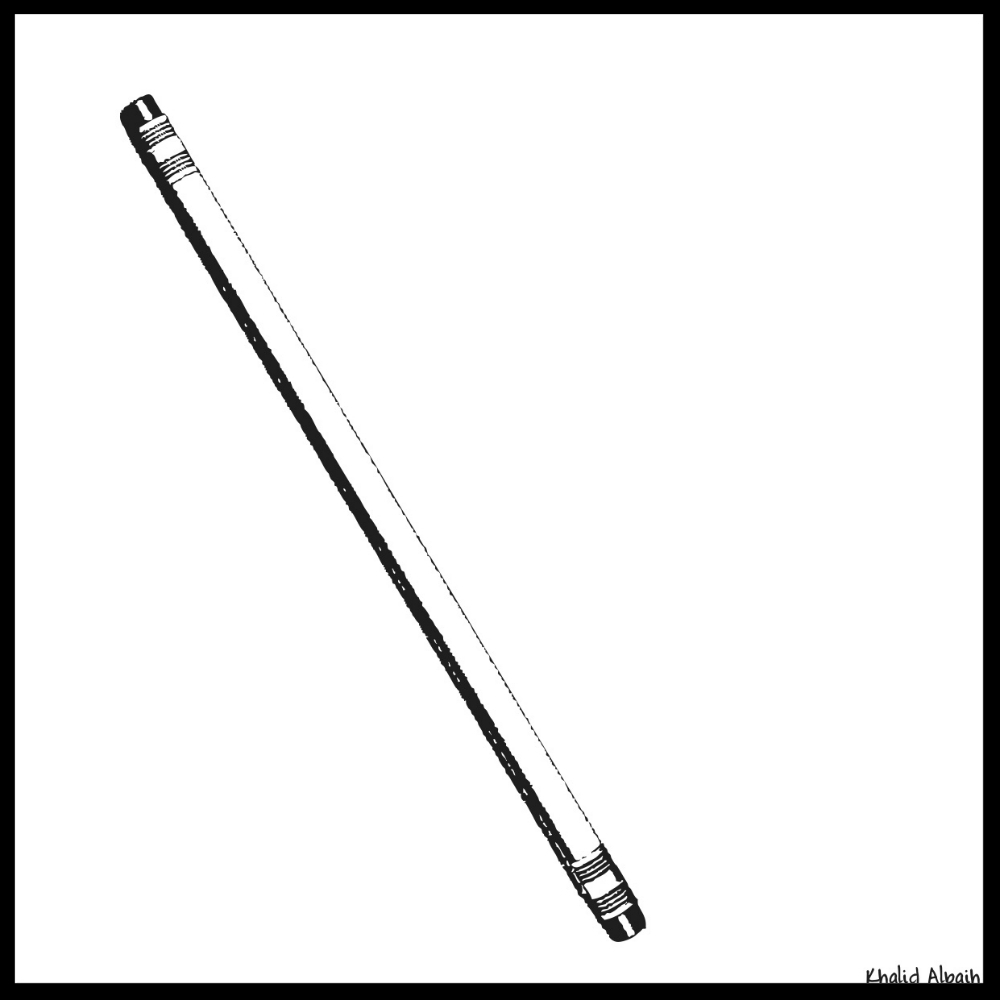المعارض | Exhibitions
المشهد: تأويلات
مريم النعيمي
٨ إلى ١٠ كانون الثاني ٢٠١٥
التطور المتسارع للمدينة المعاصرة أدى لتغييرات مباغتة في الحياة الاجتماعية لها متسبباً في إنتاج حالة استهلاكية باعدت بين الناس والقيم التي يؤمنون بها، مضاعفات هذه التغييرات ألقت بظلالها على المدينة وأعادت هيكلتها لتصبح المدينة مشهداً. كان تصميم المدينة في السابق ناتج من مكتسباتها الطبيعية المتمثلة في التقاء البحر مع اليابسة مما يعكس حضارة غنية ذات بيئة وعمارة مفعمة بالهوية والمغزى
في هذا المعرض تشكل القطع الفنية وسيطاً بين كونها تعبيراً للتغيير المستمر وبين كونها تأملاً لهذا التغيير، فقد تم استخلاص الأنماط والنتائج في محاولة لاحتواء النمط الاستهلاكي لخلق مشاهد من خلال تحليل معلومات في قالب فني لبعض ما هو موجود في الرأي العام مثل قصاصات الجرائد والتاريخ المتداول عبر الأجيال وخرائط قوقل والصور الفوتوغرافية. فمن خلال إظهار وإخفاء بعض المعلومات يتمكن المشاهد من رؤية ما هو في العادة غير متاح فيتغير إدراكه لمحيطه. هذه الطريقة الجديدة في تأويل المدينة ستعيد لسكان المدينة الحق في ما هو قيم ومنسي
The Spectacle: Inter[pretation]
Mariam Alnoaimi
8th to 10th January 2015
The rapid developments of the modern city have led to sudden changes in the social life within them, resulting in the current state of consumption that has distanced people from their values. The implications of these changes have taken their toll on the city and have restructured them around the spectacle. There was a time when a city was designed around its nature; in those times the land and sea intertwined, reflecting a rich culture, environment, architecture and identity.
The displays mediate between being an expression of the constant change and a reflection on it. It attempts to contain this consumption attitude creating spectacles out of publically available discourse such as newspaper clippings, oral history, google maps and photographs. By highlighting and blocking out certain information, the viewer is given access to what is usually inaccessible, leading to a change in his or her perceptions of their surroundings. This new way of interpretation will reintroduce the right to the forgotten valuables of the city.
الاعتيادي / الاستثنائي: آلة الفن
بتول الشيخ وميثم آل مبارك
١٥ إلى ١٧ كانون الثاني ٢٠١٥
يتم تحويل العادي إلى استثنائي من خلال دعوة مجموعة مكونة من عشرة مشاركين من خلفيات متباينة ليكونوا جزء من آلة الفن، كل مشترك أعطي كاميرا فيلمية ذات استخدام واحد مع فيلم منخفض القيمة وطلب منه أن يصور ٢٧ لحظة عادية من حياته اليومية كي يشارك بها في المعرض. بساطة طريقة التقاط الصورة جعلت المشاركين أما يتحمسون لإتمام المهمة أو يتملكهم شعور كبير بالمسؤولية فيتأنون في إكمال المشروع، طبيعة التصوير المتبعة قاسية بعض الشيء وتتعارض مع طرق التصوير الحديثة التي أصبحت في متناول اليد في عالم ملئ بالكاميرات الرقمية وكاميرات الهواتف النقالة. ومن هنا يأتي السؤال: ما الذي سوف تصوره لو لم تملك إلّا ٢٧ لقطة فقط؟
كانت النتيجة مجموعة متنوعة من القصص التي تمنحنا إمكانية الوصول بصريا لتجارب مكانية مختلفة في المدينة متيحة لنا رؤية أخرى بعيداً عن رواية المدينة المتكررة. المعرض هو تنسيق متعمد للأعمال التي تشمل كل من المائتين وسبعين صورة التي تم التقاطها بالإضافة لعرض طريقة إنتاجهم، وبذلك يكشف المعرض العديد من القصص حول المدينة وجمال المألوف الذي لا يلفت الانتباه ويكون من المسلمات، فتكون النتيجة آلة للفن
Ordinary || Extraordinary: The Art Machine
Maitham Almubarak and Batool Alshaikh
15th to 17th January 2015
The ordinary is transformed to extraordinary through a group of ten participants from diverse backgrounds that were approached to become part of this art machine. Each participant was assigned a low-value film and a disposable camera to capture and share twenty-seven mundane moments from his or her daily life. The simplicity of the point and shoot device allows the participants to either feel excited to carry out the task immediately or feel obliged to take their time to complete the project. In a world populated with digital cameras and phone cameras, the unforgiving nature of the process of the film-based camera raises the question: what would we shoot if we only had 27 shots?
The result is an assortment of distinctive storylines that give us visual access to different spatial experiences in the city, enabling us to break away from a metanarrative of a city shared by all. The exhibit is a deliberate curation of the artifacts that include both the accumulation of the produced two hundred and seventy images and the process employed. While exploring the many city narratives and the beauty of the ordinary that is usually taken for granted and overlooked, the display becomes an art machine.
المتشابك
خالد البيه
٢٢ إلى ٢٤ كانون الثاني ٢٠١٥
تتشابك الحدود والسلطة فتؤثر بذلك على المدينة بواسطة الذين يخلقون الحدود ويحددون مكانها بحجة أنها لمصلحة الناس، فينتج عن ذلك طيف واسع من الخطوط الحمراء التي تقيدنا وقد تكون ذات طابع جغرافي أو اجتماعي أو ثقافي أو ديني أو مادي ملموس، وتكون هذه الحدود أحياناً مقيّدة لحرية الحركة حيث لا تكتفي بتقييد دخولنا للمكان بل وتجبرنا على الاستئذان للخروج منه
الحدود في عالمنا المادي تحيط بنا وتردعنا، ولكن الإنترنت وشبكات التواصل أزاحت هذه الأسوار فاتحةً المجال لعالم جديد من الإمكانيات أدى إلى تقلبات في السلطة وتشتت هذه القيود نتيجة تغير المتحكمين فيها، وبالرغم من ذلك ومع كل هذه الحريات لا زالت هنالك قيود مفروضة علينا وأسوأها هي التي نفرضها على أنفسنا. إن كان هناك إمكانية لوجود عالم مثالي كانعكاس للحياة الواقعية الغير مثالية، فهل يمكن اعتبار الإنترنت ذلك العالم المثالي؟ تلك المساحة التي تعكس الواقع ويتم تحريفه في آن واحد والتي تكون تحت سلطتنا نرسم فيها الحدود حينما نريد وأينما نريد لتنسجم مع حاجاتنا ورغباتنا الداخلية
The Intertwined
Khalid Albaih
22nd to 24th January 2015
Boundaries and power are intertwined and the city is affected by the agency of those who draw the lines and where they draw them. This is usually done under the claim that it is for the best interest of the people and the result are various borders of geographical, social, cultural, religious and / or physical nature that bound us. Sometimes they act as limitations to our freedom of movement not only when entering through them, but even when we ask for permission to exit them.
Borders in our physical world contain and limit; however, the Internet and the network society have transcended these borders, opening a new world of possibilities. Limitations are now distorted and the power structure has shifted, for the instigators of these borders have changed. However, with all these freedoms, we still have boundaries and the worst boundaries are those we impose on ourselves. If a utopia exists in the mirror that reflects the heterotopias of real life, then can the Internet be considered a utopia? The space where reality is reflected and distorted and where we redraw the borders to suit our imagination and our internal needs and desires.
الأبراج: مساحات من وإلى الدين
ناصر الزياني
٢٩ إلى ٣١ كانون الثاني ٢٠١٥
الدين والعمارة يجمعهما رابط قوي يجعلهما يكادان لا يستغنيان عن بعضهما، فالدين يستوجب تصميم وبناء المكان المناسب لممارسة الشعائر الدينية والذي بدوره يجب أن يرحب بالجماهير الغفيرة، عادة ما يكون تجمع المتعبدين داخل هذه المباني ولكن في أغلب الأحيان يجب خلق مساحات شاسعة خارج المبنى تستوعب الأعداد الكبيرة الداخلة والخارجة من دور العبادة، وبالتالي جاءت الميادين العامة لتكون مدخلا لهذه المباني وليس لإنعاش المدن
هذا المعرض يتقصى حقيقة علاقة الميدان العام بالدين من خلال دراسة المدن ذات النزاعات بالإضافة للمدن التي أنشئت على أساس ديني و / أو عقائدي، فالحق المشروع في استخدام المكان أثار نزاعات في بعض المدن، بينما استغلتها مدن أخرى لكي تصور من خلالها وحدة وتعايش سكانها. الأعمال المعروضة تجريد متعمد للتخطيط واستخدام الألوان وبناء عليه فإنه يتضح أن إشكاليات المكان وحق الدخول حاضرة في كل العالم وأن النزاع ليس من إختصاص “الشرق الأوسط”، فهناك حاجة عالمية لإدراك مسببات ظاهرة النزاعات
Constellations: Spaces [o]of[or] Religion
Nasser Alzayani
29th to 31st January 2015
Architecture and religion have a symbiotic relationship. The act of worship requires a place of worship, which in turn must entertain the congregation of masses. This gathering of people usually manifests within interiors of buildings; however, in most cases the exterior conditions must be spacious enough to accommodate the entering and exiting crowd. As a result, the public square was born, not out of the necessity to give space within the city back to the people, but to allow specific worshipers the access to a particular destination.
This exhibition explores the reality of these public spaces and their religious affiliation by looking at cities with demonstrated demographic divisions, as well as those cities that were planned according to religious sites and/or beliefs. The right to use these spaces has sparked conflict in some cities of the world, while in others it has forged unity and coexistence. The graphics on display show an intentional abstraction in terms of mapping and use of color; consequently, it becomes apparent that these issues of space and the right of access are present throughout the world. Conflict is not isolated in the ‘Orient’, and there is a universal need to comprehend this phenomenon.












![Spaces [o]of[or] Religion](https://images.squarespace-cdn.com/content/v1/545fddc2e4b0ba3d01deec04/1469403287594-HNW31WIZIWJZ3B1N9NI0/Spaces+%5Bo%5Dof%5Bor%5D+Religion)
![Spaces [o]of[or] Religion 2](https://images.squarespace-cdn.com/content/v1/545fddc2e4b0ba3d01deec04/1469403363435-HZQXJ00R44JKDRUBZ745/Spaces+%5Bo%5Dof%5Bor%5D+Religion+2)
![Spaces [o]of[or] Religion 3](https://images.squarespace-cdn.com/content/v1/545fddc2e4b0ba3d01deec04/1469403424016-ZMZG87XE472NVTFA9SCO/Spaces+%5Bo%5Dof%5Bor%5D+Religion+3)
![Spaces [o]of[or] Religion 4](https://images.squarespace-cdn.com/content/v1/545fddc2e4b0ba3d01deec04/1469403474559-CS3NERR2B6VZMHAAPUE9/Spaces+%5Bo%5Dof%5Bor%5D+Religion+4)